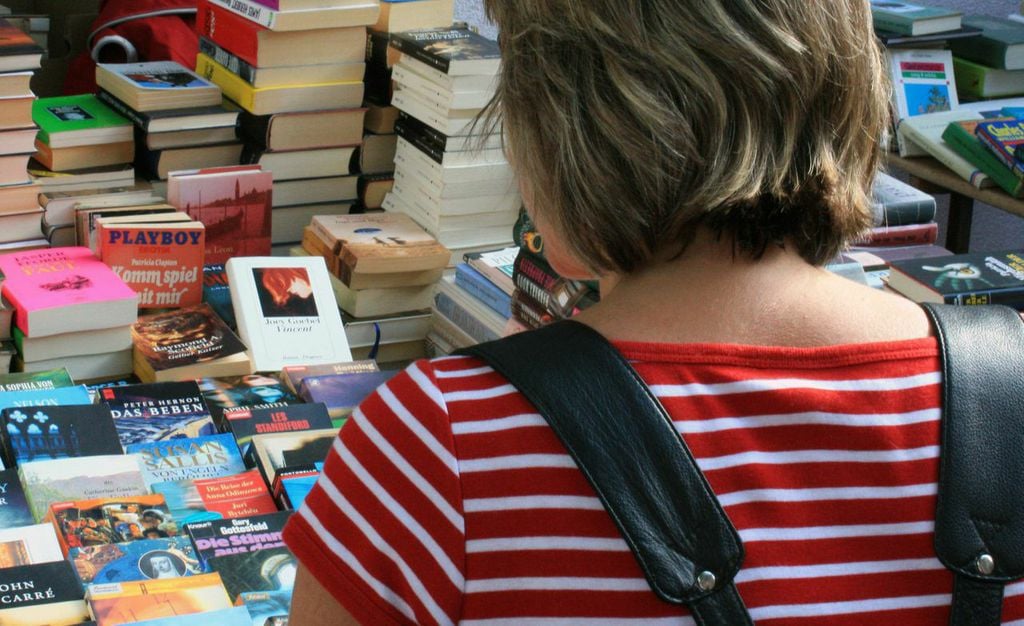
Scotland continues to embrace culture
Festival-going is on the increase, though cinema and reading for pleasure are still the most popular forms of cultural engagement.
Marginally more adults in Scotland engaged in culture during 2013 than in the previous year, with a total of 91 per cent having either through attended or visited a cultural event or place, or participated in a cultural activity. This is a one percentage point increase on 2012. Attendance at all types of cultural events or places grew during this period, the greatest increase being a 3 percentage point increase in numbers attending culturally specific festivals. The proportion of adults attending these festivals grew from 11 per cent to 14 per cent.
Theatre was the second most popular type of cultural attendance, after cinema, having attracted 32 per cent of adults, while museums and live music events each attracted 31 per cent. Excluding reading for pleasure, which was the most popular form of cultural participation, 49 per cent of adults participated in some form of cultural activity. Satisfaction with local authority culture and sports and leisure facilities grew to the highest level recorded since data was first collected, with nine in ten service users being satisfied with all culture and sports and leisure facilities. Theatres, concert halls, museums and galleries recorded a 2 percentage point increase in satisfaction rating since 2012.
These and a wide range of other figures have been published in the annual report ‘Scotland's People’, which includes the findings on Culture and Sport from the 2013 Scottish Household Survey. It is the primary source of information on cultural attendance and sporting participation in Scotland and it is the only source of data on attendance and participation at local authority level. In general, the figures show neutral or positive trends compared with the previous year, but produce no real surprises. Overall, attendance at cultural events was 3 percentage points higher among women than men, but this gap increases to 7 percentage points when cinema – the most popular form of cultural attendance – is excluded. It was also generally higher among younger age groups, though theatre-going was highest among middle and older age groups. Respondents living in more deprived areas were the least likely to visit a cultural place or event, with attendance level increasing as area deprivation decreases. There is an 18 percentage point difference in cultural attendance by adults between the 20 per cent most and 20 per cent least deprived areas, a gap which grows to 24 per cent when cinema-going is excluded from the analysis.
Join the Discussion
You must be logged in to post a comment.